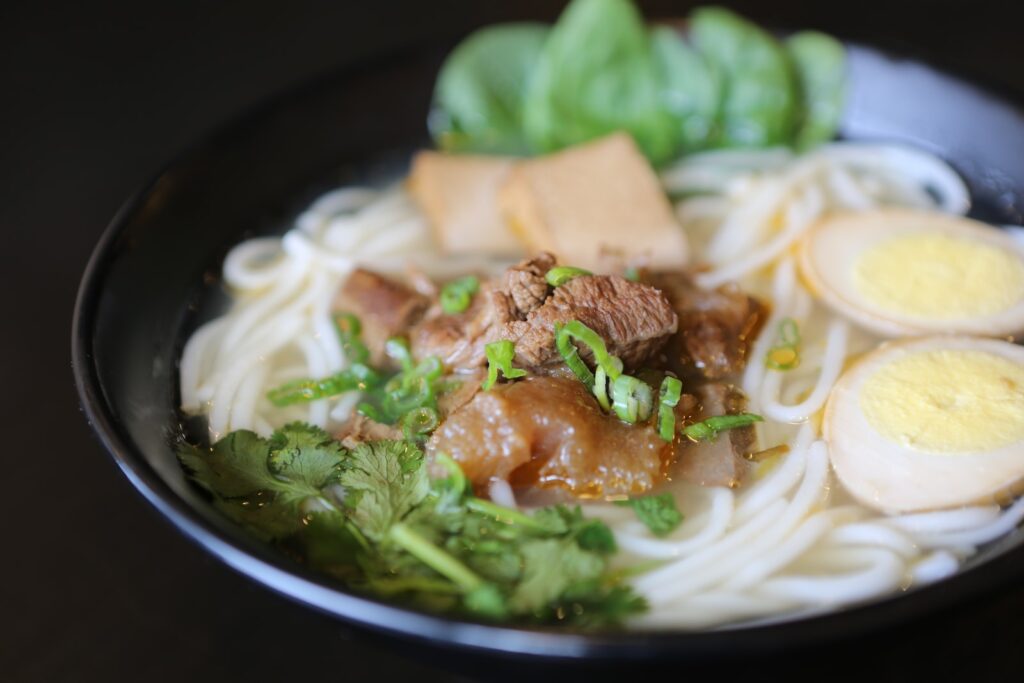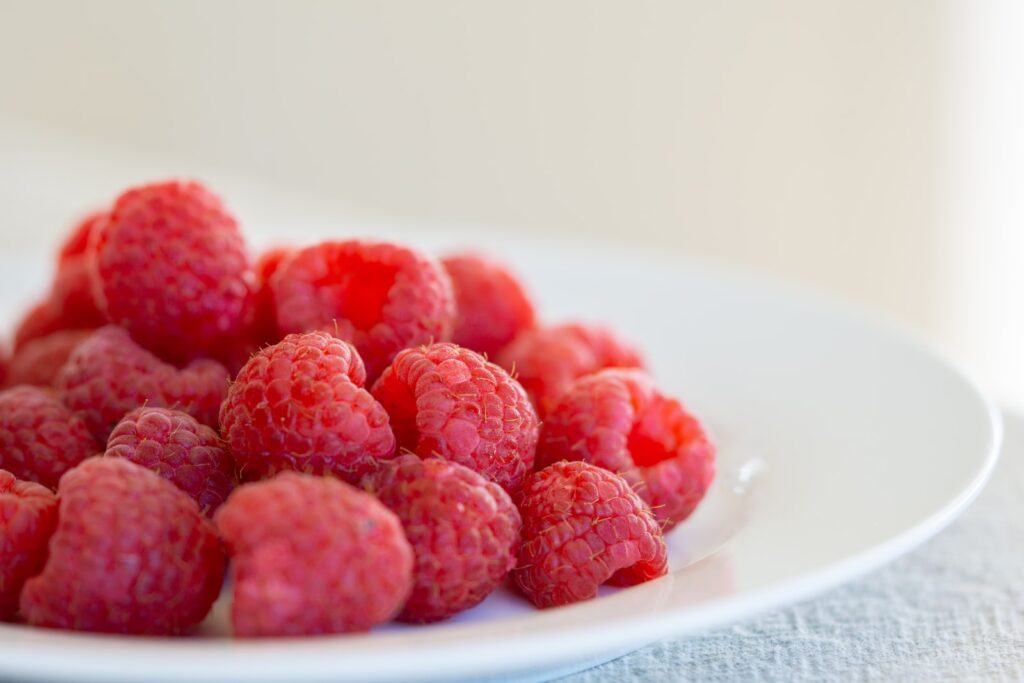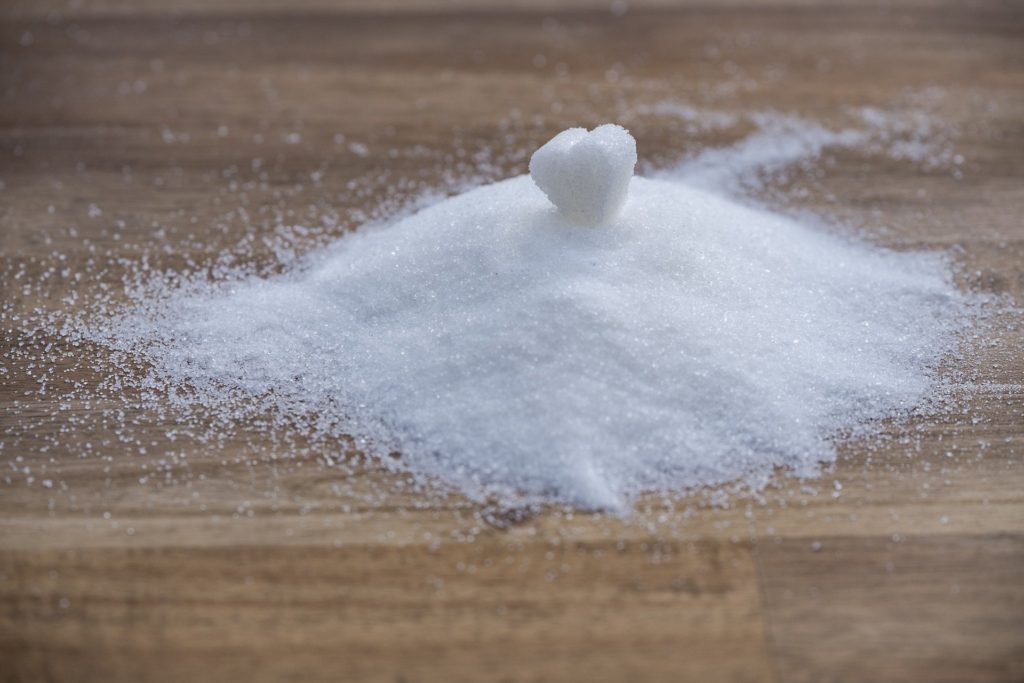Who doesn’t love a delicious bowl of ramen?
The rich and savory broth, the soft, chewy noodles, and that sesame oil-drenched topping — it’s basically the Japanese answer to fast food.
But, one bowl of ramen can have almost as many carbs and calories as a Big Mac!
If you’re craving the nostalgic flavor of ramen but don’t want to add in all those unnecessary calories and carbs, you might be interested to hear that there is an equally delicious low-carb, gluten-free noodle substitute for ramen — shirataki noodles.
These noodles are made from a konjac plant called “Gnetum gnemon.”
Konjac is a type of yam found in East Asia that has been used in Asian cuisine since ancient times.
It has an extremely high dietary fiber content and is very low in carbohydrates; it also contains only trace amounts of fat.
You may be wondering what makes these noodles such an excellent option instead of traditional ramen noodles.
In this article, I’ll discuss what shirataki noodles are and if they’re better than regular noodles or not.
What Are Shirataki Noodles?
Shirataki noodles are low-carb, gluten-free noodles made from the konjac plant.
The purple konjac plant is mainly grown in Asia, specifically in China and Japan.
In these countries, it is considered a delicacy, and it’s used to add moisture and texture to various dishes.
When I first tasted shirataki noodles, I was pleasantly surprised by their taste.
Shirataki noodles taste like the rice noodles that you find in pho, but they have a slightly more vegetable-y taste.

How Many Carbs Are In Shirataki Noodles?
Shirataki noodles contain zero net carbs, making them an excellent noodle alternative for people on low-carb diets. And, since shirataki noodles don’t contain any protein or fat, they virtually contain zero calories.
Are Shirataki Noodles Healthy?
Shirataki noodles are high in fiber and contain very few net carbs, so they’re a healthy alternative to normal noodles. And, since they’re high in fiber and low in carbs and calories, they’re great for people trying to lose weight.
They also contain only tiny amounts of fat, which means you don’t have to worry about their calories.
When consumed, the dietary fiber in the noodles binds with water in the digestive system, thereby increasing one’s feeling of satiety.
Additionally, the dietary fiber in shirataki noodles is good for lowering blood cholesterol levels, preventing constipation, and cleansing the digestive system.
Therefore, shirataki noodles are an excellent option for people trying to live a healthy, low-carb lifestyle.
Now, I’ll discuss the benefits of consuming shirataki noodles instead of regular noodles.

Benefits of Shirataki Noodles
- Very low in carbohydrates — Shirataki noodles are extremely low in carbs and calories, making them an excellent option for those on a low-carb diet or trying to lose weight.
- Low in calories — An 8-ounce serving of shirataki noodles only contains 20 calories! One serving of shirataki noodles contains only 0.6g of fat and 3.2g of protein, whereas most ramen noodles have over 30g of fat per serving.
- Very high in dietary fiber — Dietary fiber is great for many things, including preventing diseases and maintaining healthy blood sugar levels.
- High in nutrients — Shirataki noodles are also a nutritious vegetable to add to your diet since they contain much more nutrients compared to regular noodles.
- Low in sodium — Sodium is one of the most common ingredients added to food, and if you have blood pressure problems, eating excess sodium can be problematic. But, since shirataki noodles are low in sodium, you can enjoy them without worrying about your blood pressure.
*I may earn a small commission if you buy from the Amazon affiliate links on this page.*
How to Use Shirataki Noodles
To make low-carb ramen using shirataki noodles, simply cook the noodles as usual and enjoy the same rich and savory broth as before, but with no added carbs.
You can also enjoy cooked shirataki noodles on their own as a side dish or a snack.
You can also use them as a substitute for noodles in soups, stews, or stir-fries.
Some people avoid shirataki noodles since some brands taste kind of fishy.
But, after trying most of the shirataki noodles on Amazon, this one is my favorite since out of all of the shirataki noodles I’ve tried, it tastes the most like regular noodles.

Conclusion
If you’re looking for a keto-friendly, gluten-free noodle alternative to ramen, you will love shirataki noodles.
Try adding them in place of noodles or pasta in any dish and reap the health rewards!
If you want to learn how I lost 40 pounds with keto, here’s my article where I discuss how I lost weight with keto and intermittent fasting and how you can too.
- How to Make a Layer Cake at Home - June 1, 2023
- Can You Still Lose Weight If You Aren’t in Ketosis? - February 8, 2023
- Can the Keto Diet Help With Depression? - February 8, 2023




